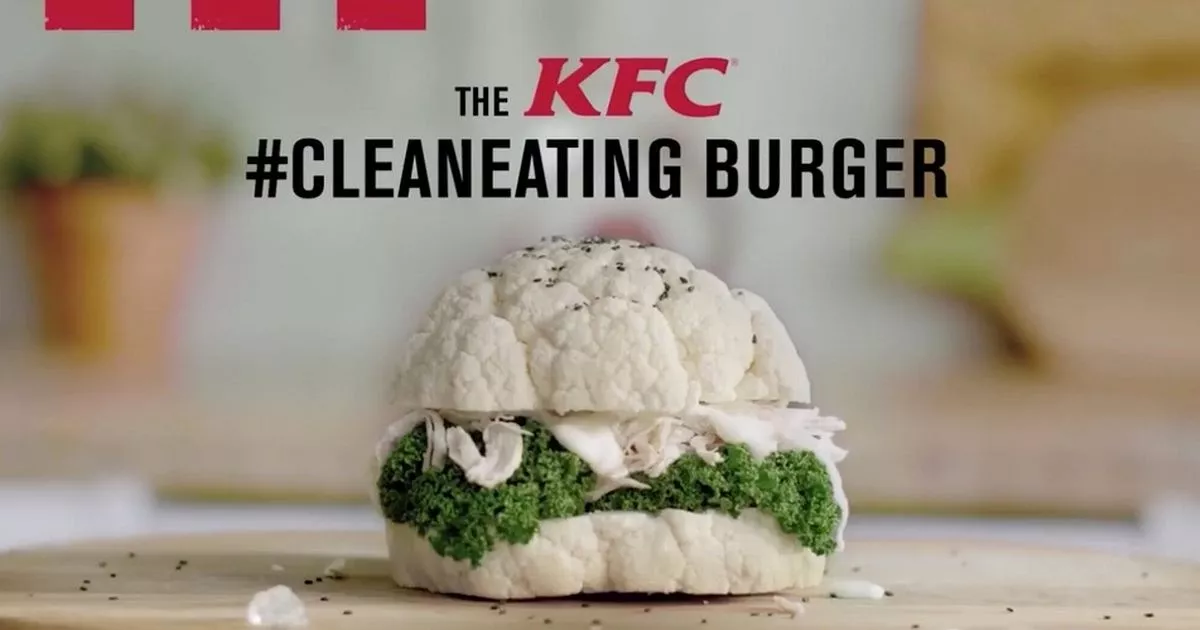How to market to “Millennials”?
Millennials are an attractive target market for many brands, but how should brands connect with them? And is targeting one demographic alone really an effective strategy?
A Timberland ad in a Hong Kong station went viral on Twitter, accompanied by the tweet, “Timberland not f*****g about when it comes to capturing the millennial market”. The Tweet has had over 25,000 retweets, 68,000 likes and attracted 255 comments, including “Boots you can live in- cos you won’t be able to afford a house”.

Compared to other attempts at targeting millennials (broadly defined as the demographic cohort following Generation X, typically born between 1981 and 1997), the tone of the ad stands out. Just contrast its black comedy with Special K’s attempt at a “feminist” advert earlier this year, which focussed around the groundbreaking tagline “Women eat”, or Pepsi’s comically upbeat and utterly disastrous protest advert from earlier this year.

The latter even inspired a viral LinkedIn article, How to make Millennials hate you, The Pepsi Way, in which the writer gave marketers some valuable advice: “If you are going to market to millennials, remember that you’re going into an open forum”, followed by the sage warning, “This generation is especially brutal when it comes to being patronised or talked down to”.
“most “Millennials” will be working until they are 77- at least- if they want to retire in comfort”.
Timberland have wisely heeded this advice. They haven’t patronised, talked down to their target audience, or made light of the “Millennial” situation. Nor have they focussed on a “perception” of “Millennials”, such as the notion that every “Millennial” is a technology wizard or that every “Millennial” is a green-smoothie drinking, yoga-practicing vegan. Instead, they’ve focussed on a fact: that most “Millennials” will be working until they are 77- at least- if they want to retire in comfort.
This fact then acts as a vehicle for an implied message that targets what are perceived to be “Millennial” traits. We are told time and time again that “Millennials” want to buy less and keep longer, that they favour experiences over ownership of goods, and that they are acutely aware of the power the goods they do own have to project an image of their own brand, and their own story. Suggesting that owners will never need to “retire” their boots, Timberland’s message is that they get their audience, that their boots will carry their owners through countless experiences and adventures, and in doing so, help their owners write their stories.
Yet the fact that this message is merely “implied”, through the vehicle of factual retirement statistics, means that this ad speaks to more than just “Millennials”. As some Twitter users, commenting on the original tweet, have pointed out, “Millennials” aren’t the only ones who are going to be waiting what feels like an eternity before they can retire. They also aren’t the only ones attracted to the idea of buying something that lasts a lifetime. Crucially, the Timberland boot in the photo stands alone; it could be worn by a sixty-something baby-boomer or a forty-something member of Generation X.
“Compare this wide audience to the limitations of the “Millennial-friendly” Pepsi or Special K ad and it seems reasonable to ask how much value targeting “Millennials above any other group really adds?”
So, in essence, what we have in the Timberland ad is an ad that, perceptibly, targets “Millennials”, but not so overtly as to patronise them, pretend to understand them, or trivialise the many, many things that are important to the broad spectrum of individuals who sit under the “Millennial” umbrella, while also targeting other demographics. Compare this wide audience to the limitations of the “Millennial-friendly” Pepsi or Special K ad and it seems reasonable to ask how much value targeting “Millennials above any other group really adds?
Factor in the risks of getting it wrong (which it’s only too easy to do) and the answer is little, if any. In fact, a quick analysis of other successful campaigns that acknowledge “Millennial” culture reveals that the best way to appeal to “Millennials” is to mock them and, in doing so, appeal to other, older and more varied audiences. Just look at the McDonalds “McCafe” advert poking fun at hipster coffee culture, and the KFC #CleanEatingBurger, in which “Figgy Poppleton-Rice” guides viewers through the stages of making an unappetising boiled chicken and kale “burger”.

By mocking “Millennial” clean-eating and hipster coffees, both of these campaigns increase their appeal to an audience sick of overpriced flat-whites and the ubiquity of kale, an audience that includes many so-called “Millennials”. Turn these ads on their heads and make them promote, rather than deride “Millennial” traits and the limitations of marketing directly to “Millennials” immediately reveal themselves. It’s too narrow a target market and, if you do decide to focus your marketing efforts on this sole demographic, the risks of missing the mark, offending, or patronising, are far too big to be worth the effort.
It’s the advice we give our clients: target a certain group of consumers, but remain aware how you’ll appear to other audiences.